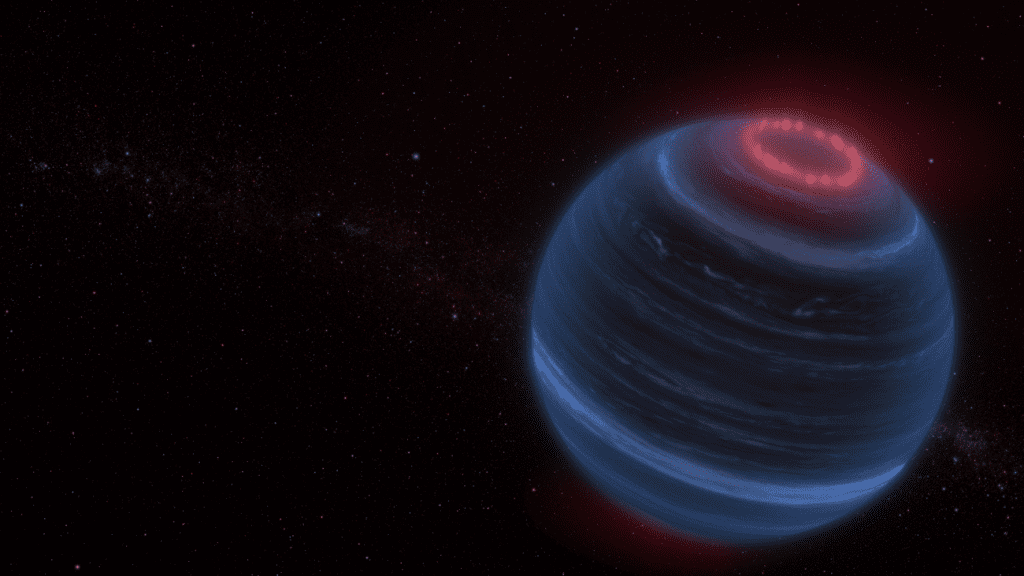American astronomers have discovered something special: a brown dwarf emitting methane gas. How does this work exactly?
Brown dwarfs are special celestial bodies. They form in the same way as stars, but they are still too small to call themselves a star. They have too little mass and heat to achieve nuclear fusion. This means they cannot radiate. That's why we call brown dwarfs “failed stars.” And now astronomers have done so with help James Webb Space Telescope One was found emitting methane gas. Why is this so special?
Read also:
Infrared
American astronomer Jackie Faherty and her team examined twelve brown dwarfs using the famous telescope. Two turned out to be almost identical: W1935 and W2220. The failed stars had the same composition, brightness and temperature. Both also contain methane. But there was one big difference. Astronomers saw that W1935 was emitting gas, unlike W2220. The telescope detected infrared radiation consisting of methane. This posed a mystery to astronomers. Where do glowing methane emissions come from?
Computer models showed that the atmosphere of planet W1935 showed what is called a temperature inversion. The higher you go, the warmer it becomes. This usually only happens if there is a star near the celestial body. It can heat the stratosphere (a layer in the atmosphere) with its energy. But the W1935 has no such external heat source. How could it be so warm?
To do this, Faherty looked to the gas giants Jupiter and Saturn. These planets also have a temperature inversion and emit methane. The emissions there are likely linked to a natural phenomenon that we also know about on Earth: Aurora (polar lights). This causes the air temperature to rise and leads to the emission of methane gas. Methane emissions from the brown dwarf are likely also caused by auroras.
Solve the brown dwarf puzzle
However, the mystery has not yet been completely solved. On Earth, aurora borealis are created during strong solar winds. Charged solar particles break off from the Sun and fly toward Earth. There they collide with the Earth's magnetic field and the result is a dancing curtain of light. Jupiter and Saturn have similar auroral processes. In addition to the solar wind, they both also have an active moon that can cause the aurora borealis.
But the failed star W1935 is so far away that there is no solar wind to create the aurora. Where aurora might come from remains a mystery. There may be an undiscovered moon near the brown dwarf. Another explanation is that W1935 has an unexplained internal process in its atmosphere that could make it very warm at the top.
The brown dwarf is the first “aurora candidate” located outside our solar system. According to astronomers, the methane mystery represents a wonderful opportunity to learn how aurora processes work outside our solar system.
source: NASA











More Stories
Which can cause an increase in nitrogen.
The Central State Real Estate Agency has no additional space to accommodate Ukrainians.
The oystercatcher, the “unlucky national bird,” is increasingly breeding on rooftops.